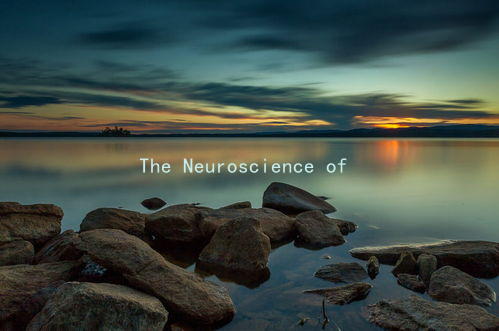The Neuroscience of Love: How Brain Chemistry Affects Your Romantic Relationships
The exploration of love and romantic relationships is not just a journey of emotions; it’s also deeply rooted in neuroscience. Understanding how brain chemistry affects our romantic connections can provide valuable insights into navigating the complexities of love.
At the core of romantic attraction are several key neurotransmitters and hormones. Dopamine, often referred to as the “feel-good” neurotransmitter, plays a crucial role in the brain’s reward system. When we fall in love, our brains release a surge of dopamine, creating feelings of pleasure and happiness. This chemical is responsible for the euphoric sensations experienced in the early stages of a relationship, often referred to as the “honeymoon phase.” The thrill of new love can be intoxicating, driving couples to seek each other out and invest in their relationships.
Another important player in the realm of love is oxytocin, commonly known as the “bonding hormone.” Released during physical touch, such as hugging, kissing, or intimate contact, oxytocin fosters feelings of closeness and trust between partners. This hormone reinforces emotional connections, making it easier for couples to build intimacy and security over time. Understanding the role of oxytocin can encourage couples to engage in more physical affection to strengthen their bond.
Serotonin, although less frequently discussed in the context of love, is also relevant. It regulates mood and plays a role in the feelings of happiness and contentment that are essential for a healthy relationship. Interestingly, when individuals are in love, their serotonin levels may drop, often leading to obsessive thoughts about their partner. This can explain the preoccupation that often accompanies new love, where partners may feel a rush of emotions and heightened anxiety when apart.

Recognizing the chemical processes behind attraction can help couples to navigate the different phases of their relationships more effectively. The initial stages of love are often characterized by intensity and idealization, but as relationships develop, couples might face challenges. Here, understanding neurochemical changes can serve as a reminder that it’s natural for the euphoric feelings to evolve into a more stable and deep form of love. This transition often requires effort and communication to maintain a fulfilling connection.
Effective communication is also essential in maintaining relationship satisfaction. Engaging in open conversations, expressing needs, and practicing active listening can enhance emotional connectivity and help partners feel valued. Couples can also benefit from fostering shared experiences, as creating positive memories together can bolster the release of dopamine and oxytocin, reinforcing their bond.
In conclusion, the neuroscience of love highlights the intricate interplay between brain chemistry and romantic relationships. By understanding how neurotransmitters such as dopamine, oxytocin, and serotonin shape our feelings and behaviors, individuals can better navigate the complexities of love. With this knowledge, couples can cultivate deeper emotional connections and create lasting, fulfilling partnerships. Ultimately, love may be a powerful force driven by chemistry, but it is also a commitment that requires understanding, effort, and communication.





